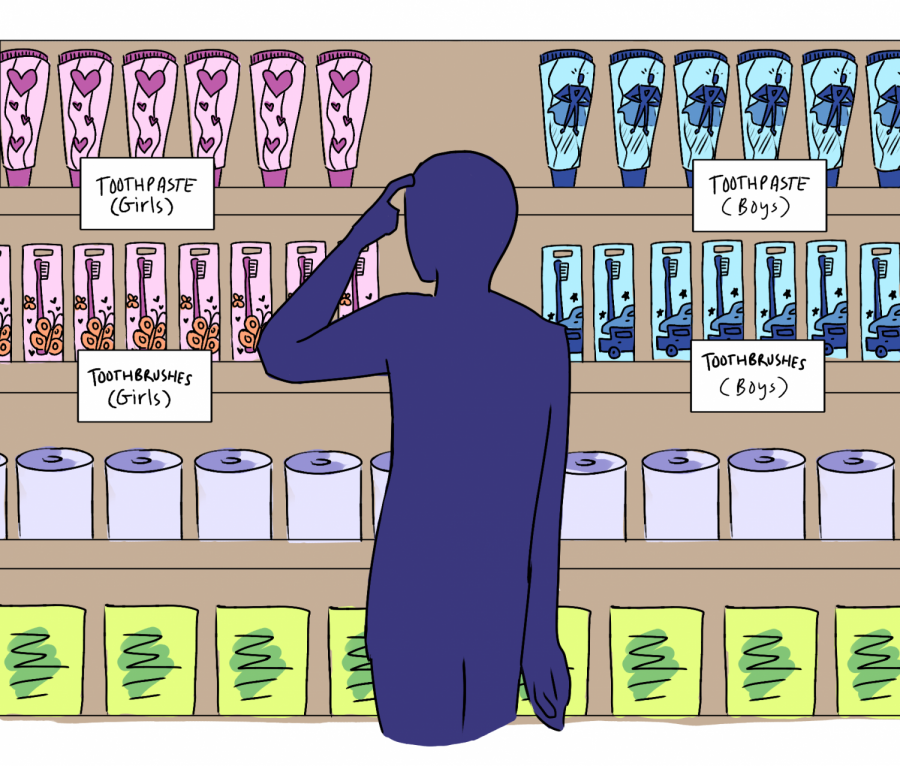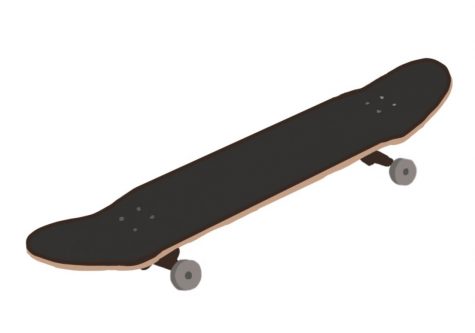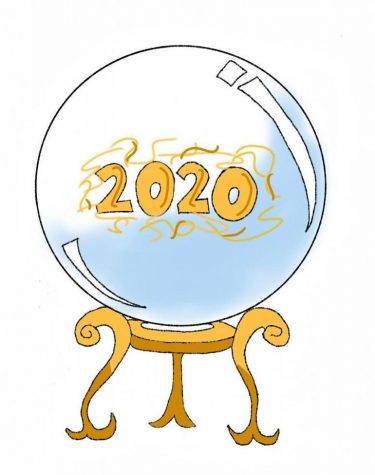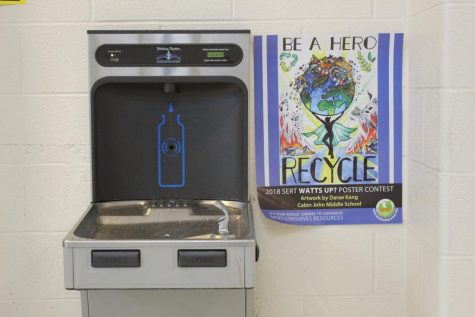Gender stereotypes: marketing in pink and blue
Students no longer are obligated to commit to a decided binary gender when registering for school.
From talking animals to song and dance, there is no limit to what you might see in an ad. Advertisers will do whatever it takes to sell their product, and quite often this includes bizarre gender stereotypes.
Many of the common stereotypes center around the expected interests for men and women. “I often see ads [with] women standing around gossiping or doing things in the kitchen, or men mowing the lawn or working out,” senior Nikita Karitsky said.
In the U.K., the Advertising Standards Authority placed a ban on ads that include “gender stereotypes that are likely to cause harm, or serious or widespread offence.” It came into effect on June 14, 2019 and since then has led to the controversial banning of a Mondelez ad and a Volkswagen ad. No such universal ban exists in the U.S.
Whether it would cause “harm” or not, stores market products towards specific genders. There are stores that sell pink earplugs “just for women” alongside blue earplugs for men. Similarly, Bic makes “fashionable” pink and purple ballpoint pens just “for her.”
There is also a line of cleaning products called “Hero Clean” that is marketed as “built for men,” while the company WorkPro sells a pink tool set for “ladies.”
Toiletries especially are marketed separately for men and women. “Toothbrushes for women and for men. There’s literally no difference except the women’s ones are skinnier,” freshman Daniel Coxson said. Along the same lines, junior Jefry Ortega said, “Usually for face products, they show female models because the concept is girls usually take care of their face more, make it all soft, but guys also do wash their face to keep it clean.”
A key part of advertising is catering to an intended demographic and often this means to boys or girls, especially from a young age. Some experts say that marketing different toys for boys and girls is an issue because it teaches them that they are inherently different from one another. However, it is a beneficial technique for sellers, as it means that families with multiple children of different genders will often buy a similar item two times.
Senior Cory Bucy pointed out that the displays in stores reflect gender stereotypes as well. “A lot of times in stores the sections with the dolls will be decorated pink with flowers around them and the sections with action figures, they’ll just be plain or they’ll have marvel characters or superheroes,” Bucy said. In addition to decorations, Ortega pointed out that there are quantity differences in stores’ stocks. “Department stores with both genders’ clothing, usually there’s more girls’ clothes than guys’ clothes to be honest because of the concept that girls wear more clothes than guys,” Ortega said.
According to a 2015 J. Walter Thompson Intelligence report, 81% of Gen Z-ers believe gender does not define a person as much as it used to. In attempts to stay in touch with emerging opinion, some advertising companies have responded to these attitudes in recent years. Axe’s “Find Your Magic” campaign received praise for presenting different definitions of masculinity and Bic released a gender-neutral line of razor blades called “Made for YOU.”
Individuals feel differently about buying products with gender stereotypes, though. “[I’m] probably [less likely to buy a product marketed to the other gender] because I’d want to know that it’s broadcasted towards me,” freshman Zoё Mitchell said. On the flip side, freshman Claire Johnson said, “I personally don’t have a problem with it, but my parents buy all my clothes and they’re definitely a lot less likely to buy me stuff that’s aimed towards another gender.”
Karitsky expressed a more extreme viewpoint and said, “I’m actually more likely to buy a product that’s marketed towards the other gender purely out of spite. I don’t like society’s tendency to assign certain ideals or roles to a specific sex, and I consciously try to break out of those social expectations.”
There are a lot of gender stereotypes in marketing and people have a wide aray of reactions to them; some find them hilarious, some find them stupid, and some find them offensive. The world of marketing is changing, though. “I think [gender stereotyping] is happening a bit less recently, but I’m not sure. I know I’ve seen ads by big companies like Nike with a really diverse representation of gender, which is always a good thing. It’s nice to see improvement,” Karitsky said.
Your donation will support the student journalists of The Tide, Richard Montgomery High School's student newspaper. Your contribution will allow us to purchase equipment and cover our annual website hosting costs.
Ada Fiala loves writing and keeping up with current events, so she is very excited about her first year writing for The Tide's features section. When not...











